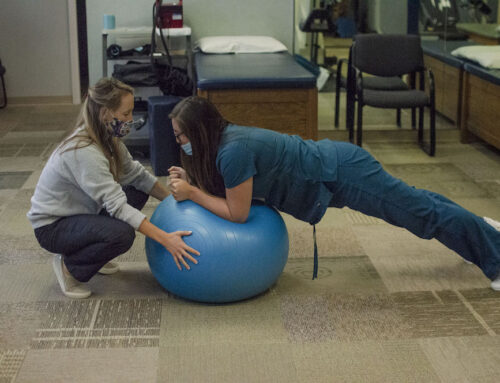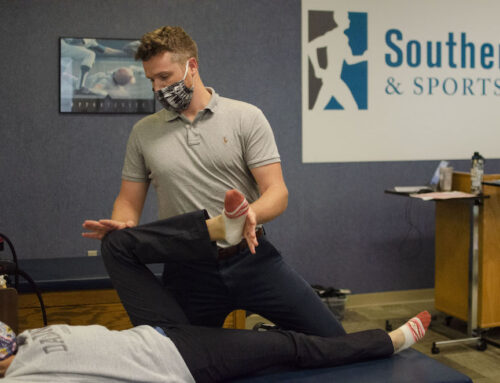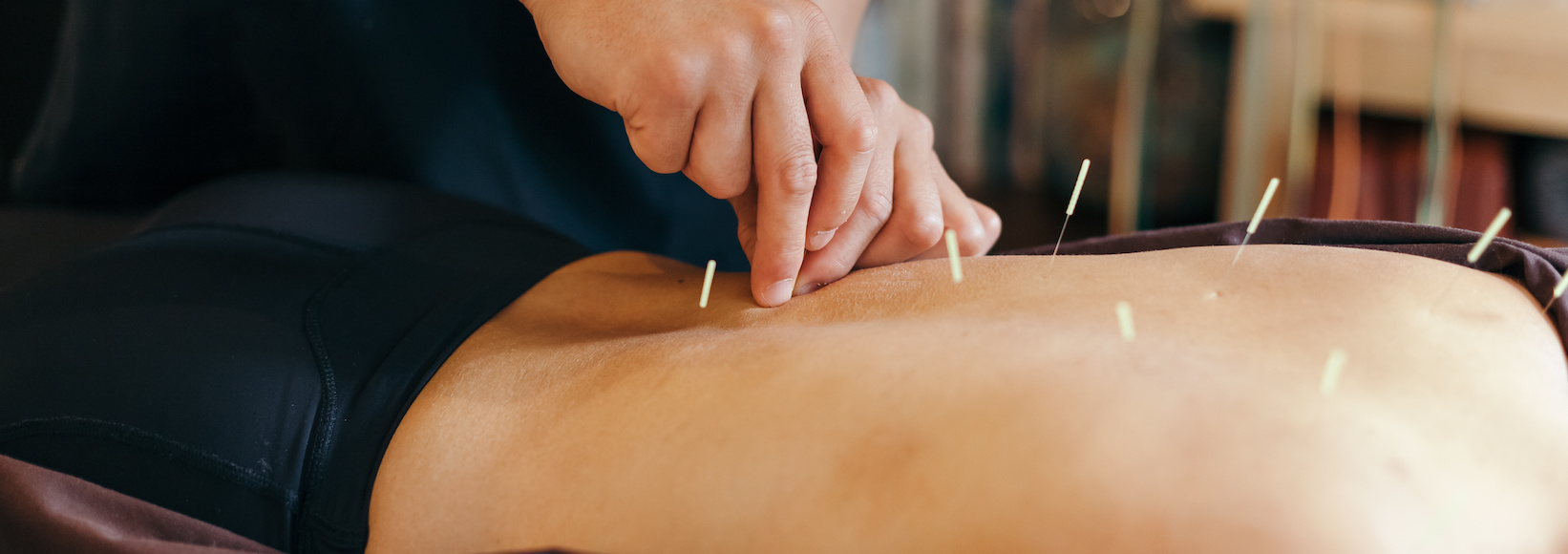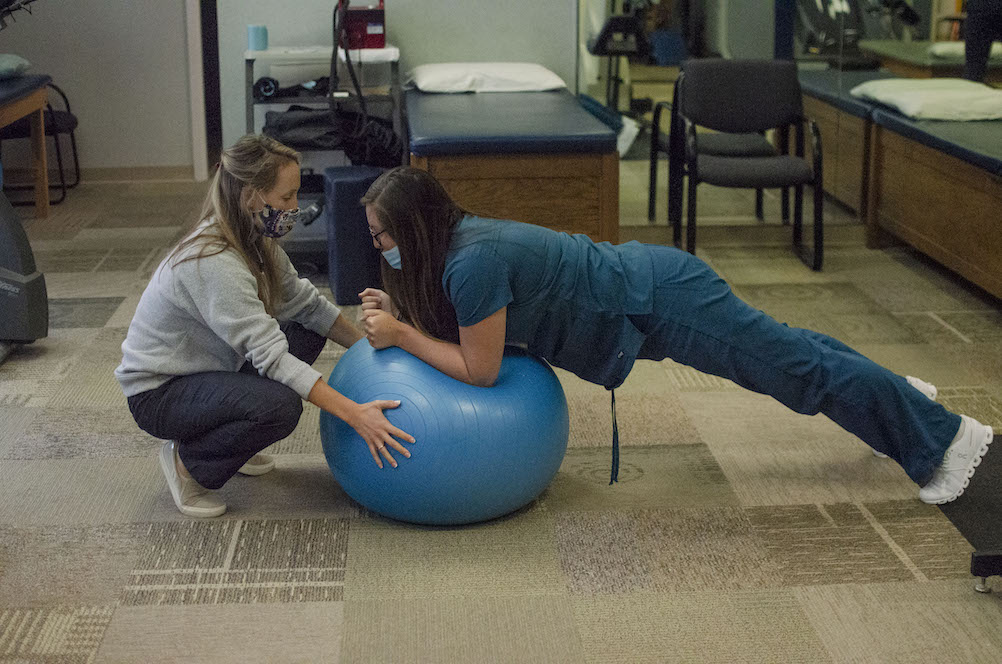Stay ahead of neck pain
Treating neck pain in and out of the clinic utilizing the Mckenzie MethodⓇ

Have you been suffering from chronic neck pain?
Do you wake up with stiffness, pins and needles in your arms or hands, have sharp pain when moving your head, or get less done because of frequent headaches? It may be time to pursue ways to help alleviate your pain and get rid of your symptoms for good. For many patients our clinic, chiropractic care, medicine, and injections are not the best answer. These are all passive options for treatment. The Mckenzie Method is focused on actively involving patients in their recovery and minimizing trips to see healthcare providers.
What is the Mckenzie Method?
The Mckenzie method, also known as Mechanical Diagnosis and Therapy (MDT) emphasizes patient empowerment and self-treatment that can apply to many conditions at the cervical spine. With this approach, patients are educated on how to treat themselves inside and outside of the clinic utilizing “patient generated forces” before “clinician generated forces.” The ultimate goal is to provide patients with the knowledge and techniques to abolish current pain and to prevent that pain from recurring.
What will it look like in the Physical Therapy Evaluation?
Your first session will involve a conversation with your physical therapist regarding the history and current presentation of your symptoms. Next, you will be taken through different motions to assess your range of motion and strength. Your clinician will ask you to perform a single motion or repeated motions such as chin tucks (cervical retractions) and you will report back how the movement affected your symptoms. For example, if your symptoms are moving out of your arm centrally toward the spine, that is a good sign that your pain is centralizing. This is one of the hardest points for patients to accept because sometimes when the pain is moving towards the source of the problem (your neck), the pain in the neck may actually feel a bit worse, but that is still a good sign!
What will it look like when I am at home?
You will likely have received postural advice/cues to incorporate in your daily routine and at work. You will also likely have been given a few exercises to perform at home before you come in the next time with the appropriate exercise dosage. Many patients do not like the idea of doing homework, however this system depends on the patient putting in the effort to get the results they are seeking.
I utilize this method in conjunction with other treatments and techniques to help my patients recover quickly and effectively. If you would like to learn more, call or come in and see us!
Rebecca Harrington








